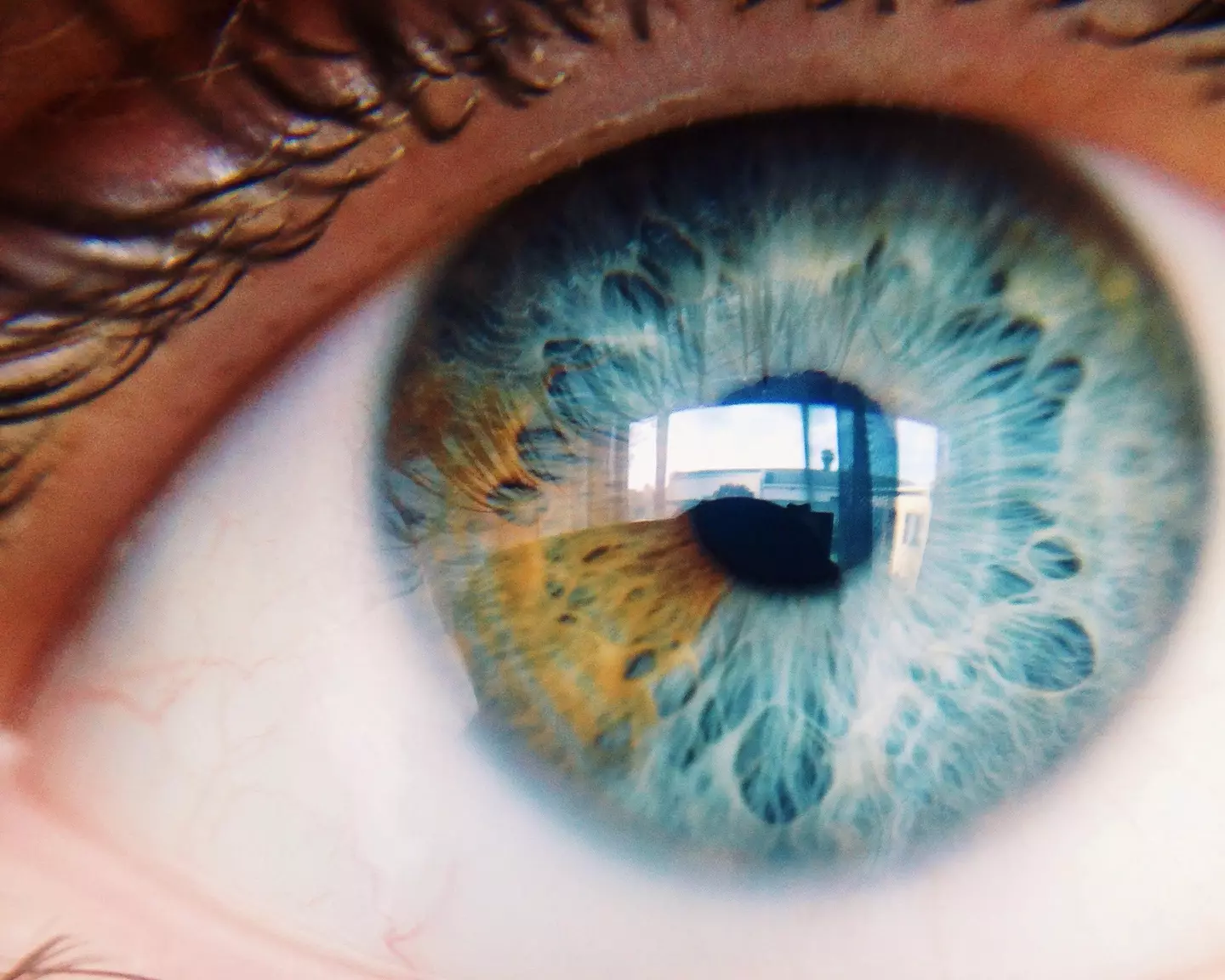
Scientists have brought light-sensing cells in organ donor eyes back to life in what’s being billed as a breakthrough for brain and vision research.
A team of researchers were able to revive neurons in the eyeballs of deceased organ donors and scientists hope the breakthrough will lead to a better understanding of how oxygen shortages affect our nerve cells.
Scientists noted that the tissues in our central nervous system quickly lose viability without oxygen, so organ donor eyes had to be studied within 20 minutes of death.

The University of Utah’s Fatima Abbas was the lead author of the study, which was published in the Nature journal, and she explained: “We were able to wake up photoreceptor cells in the human macula, which is the part of the retina responsible for our central vision and our ability to see fine detail and colour.”
Advert
Abbas added, according to WION: “In eyes obtained up to five hours after an organ donor’s death, these cells responded to bright light, coloured lights, and even very dim flashes of light.”
In short, Abbas and her team’s research enabled the cells of organ donors’ eyes to talk to each other the way they would have done when the donor was alive.
Initial experiments determined that cells’ ability to communicate was dependent on oxygen deprivation, so Professor Anne Hanneken designed a transportation device that allowed eyeballs to be delivered within 20 minutes of death.

The device meant oxygen and other nutrients could be restored in the organs, while scientist Frans Vinberg came up with an apparatus that stimulates the retina and measures cell electrical activity.
Advert
Vinberg explained: “We were able to make the retinal cells talk to each other, the way they do in the living eye to mediate human vision.
“Past studies have restored very limited electrical activity in organ donor eyes, but this has never been achieved in the macula, and never to the extent we have now demonstrated.”
It’s hoped that findings will help develop future treatments aimed at improving vision.
Vinberg continued: “The scientific community can now study human vision in ways that just aren’t possible with laboratory animals.”
Advert
Emphasising just how important the study’s findings are, Hanneken added: “We hope this will motivate organ donor societies, organ donors, and eye banks by helping them understand the exciting new possibilities this type of research offers.”
“Going forward, we’ll be able to use this approach to develop treatments to improve vision and light signalling in eyes with macular diseases, such as age-related macular degeneration.”
If you have a story you want to tell, send it to UNILAD via [email protected]
Topics: Science